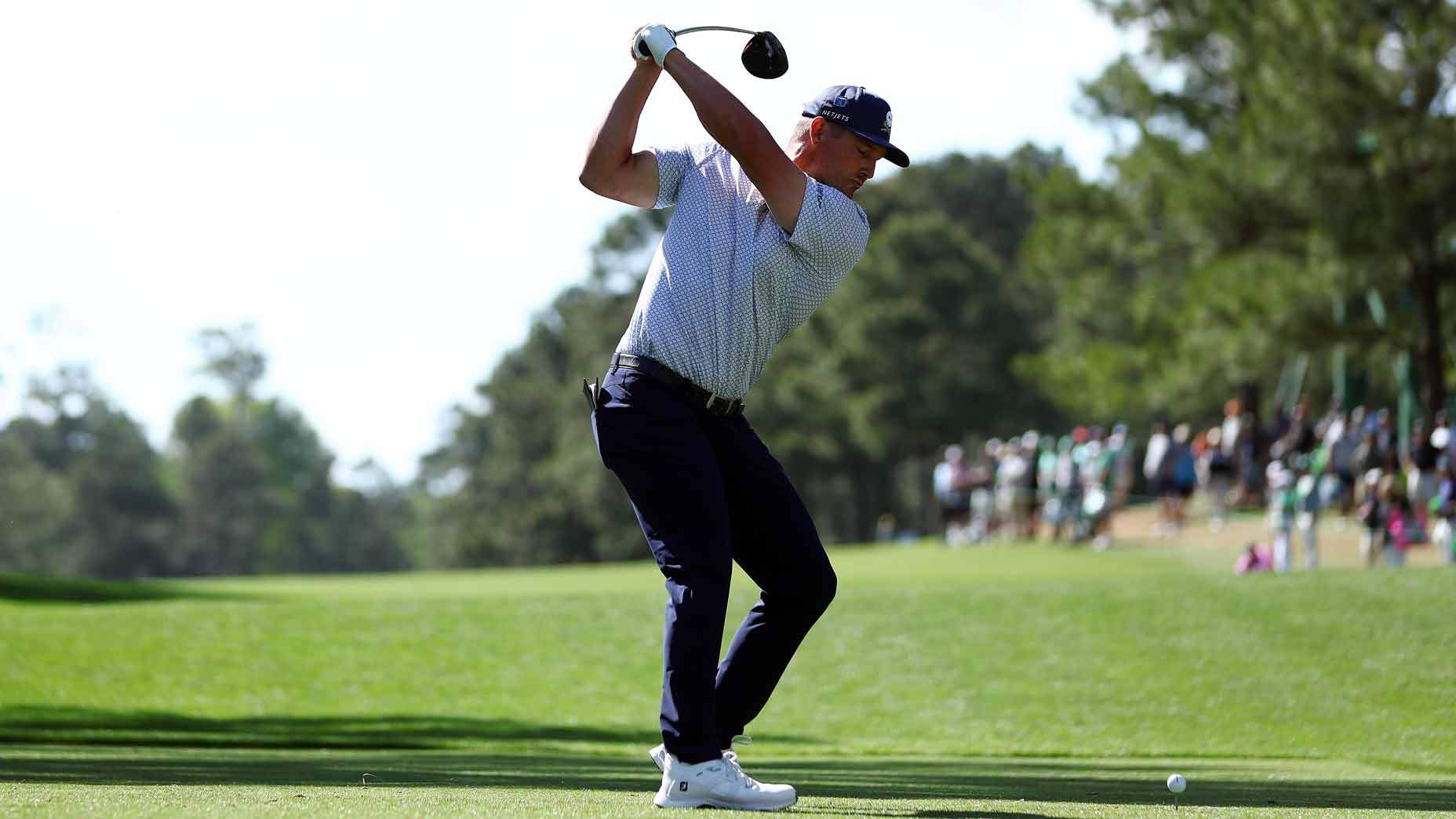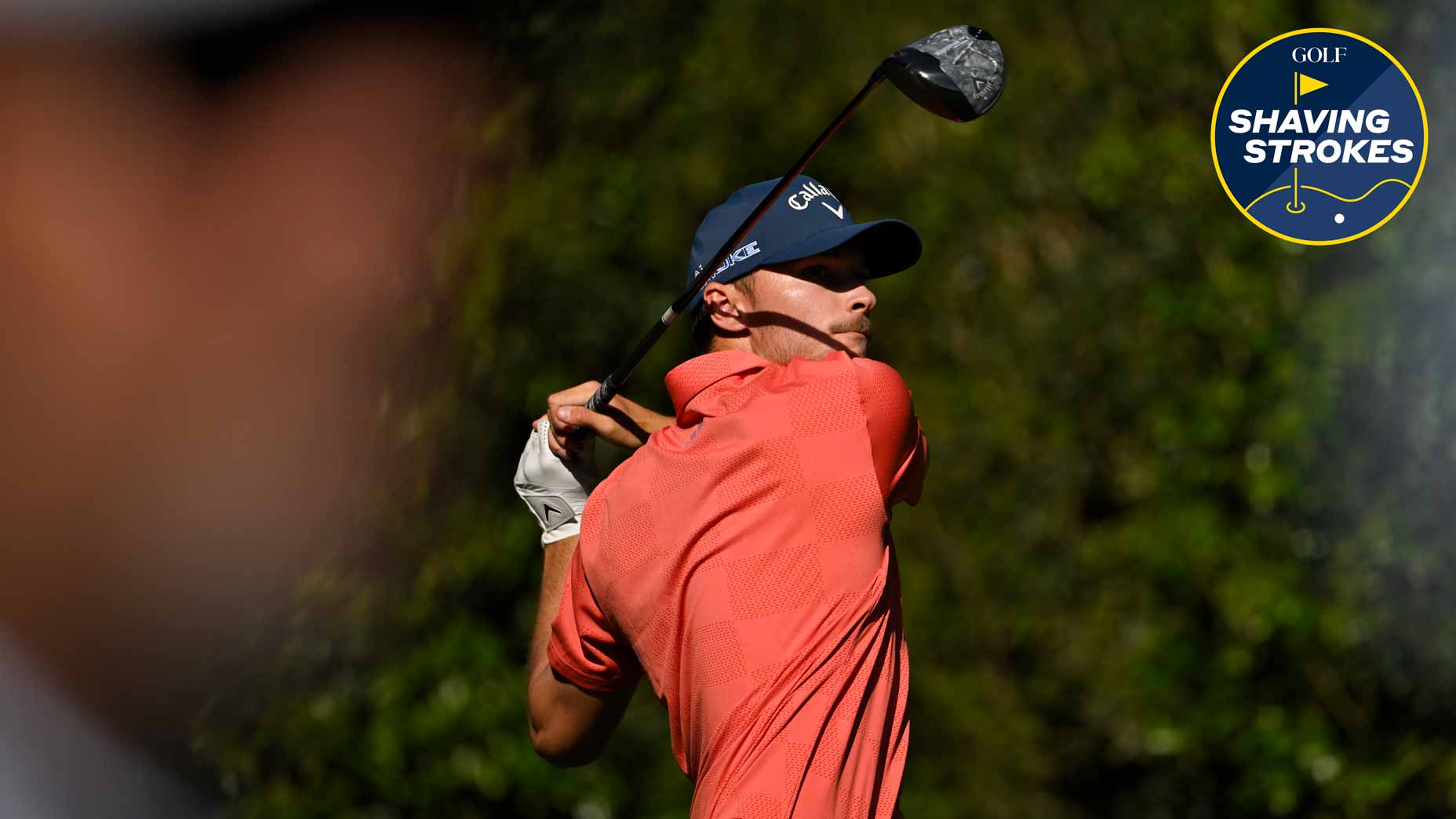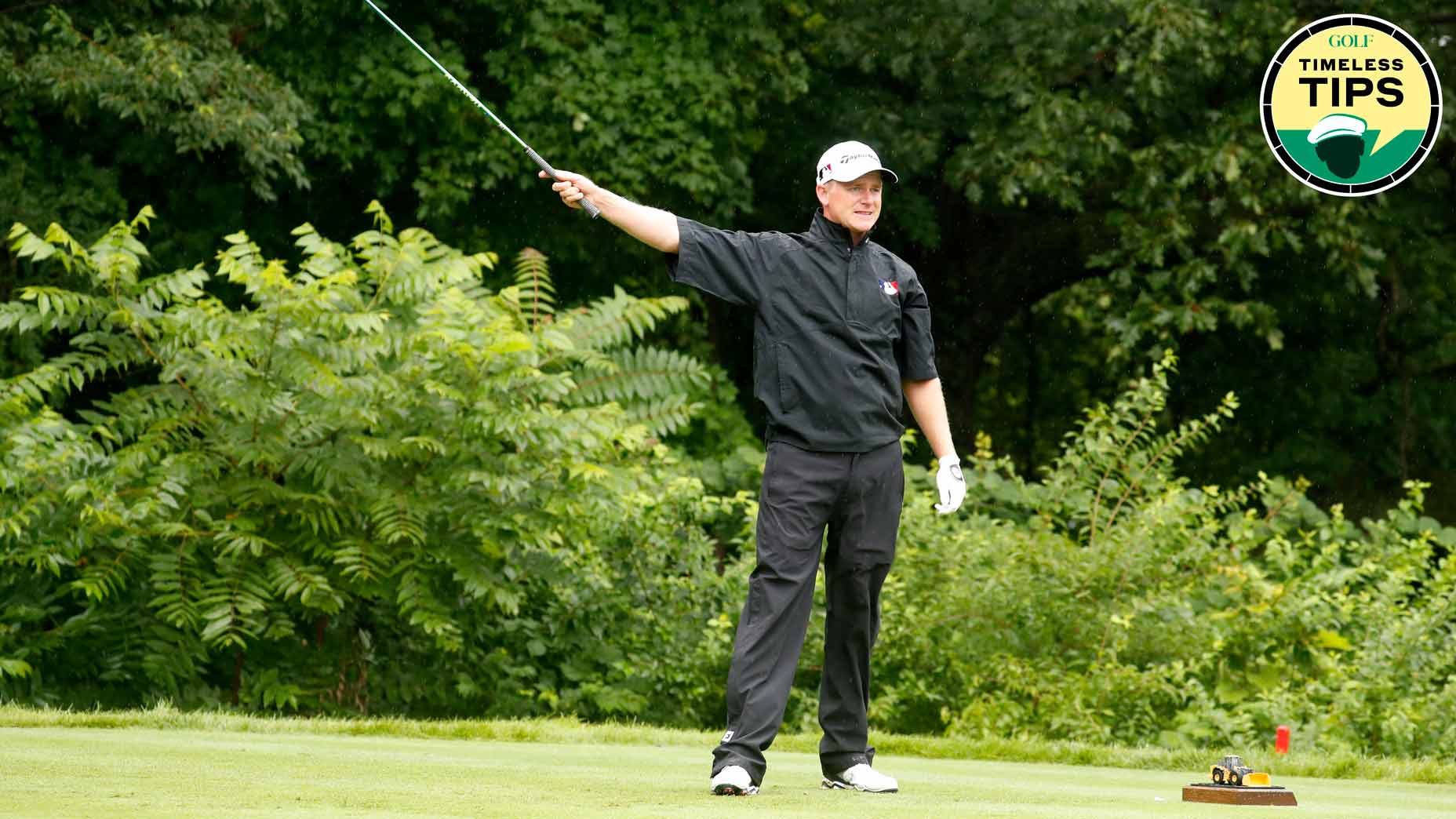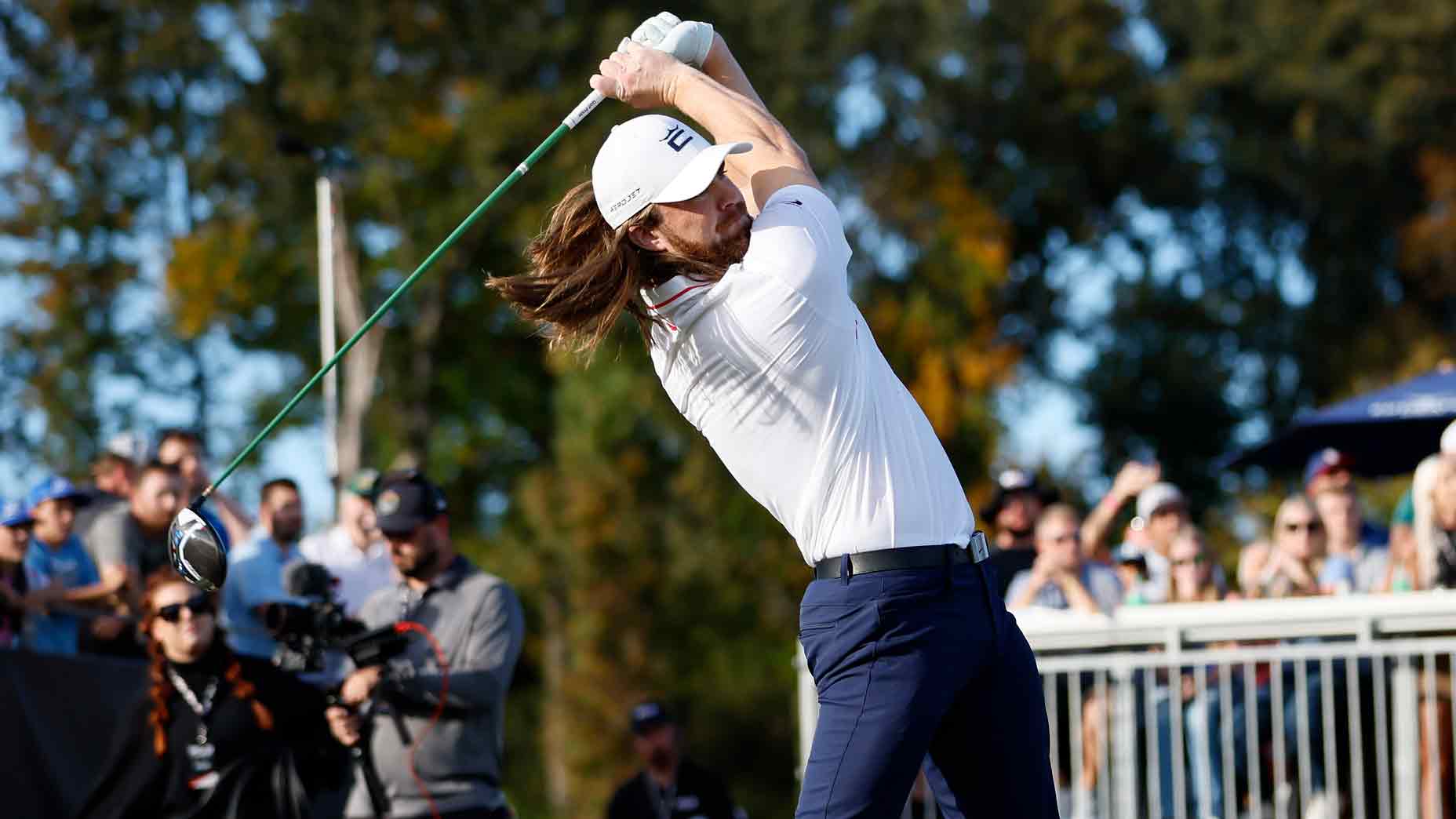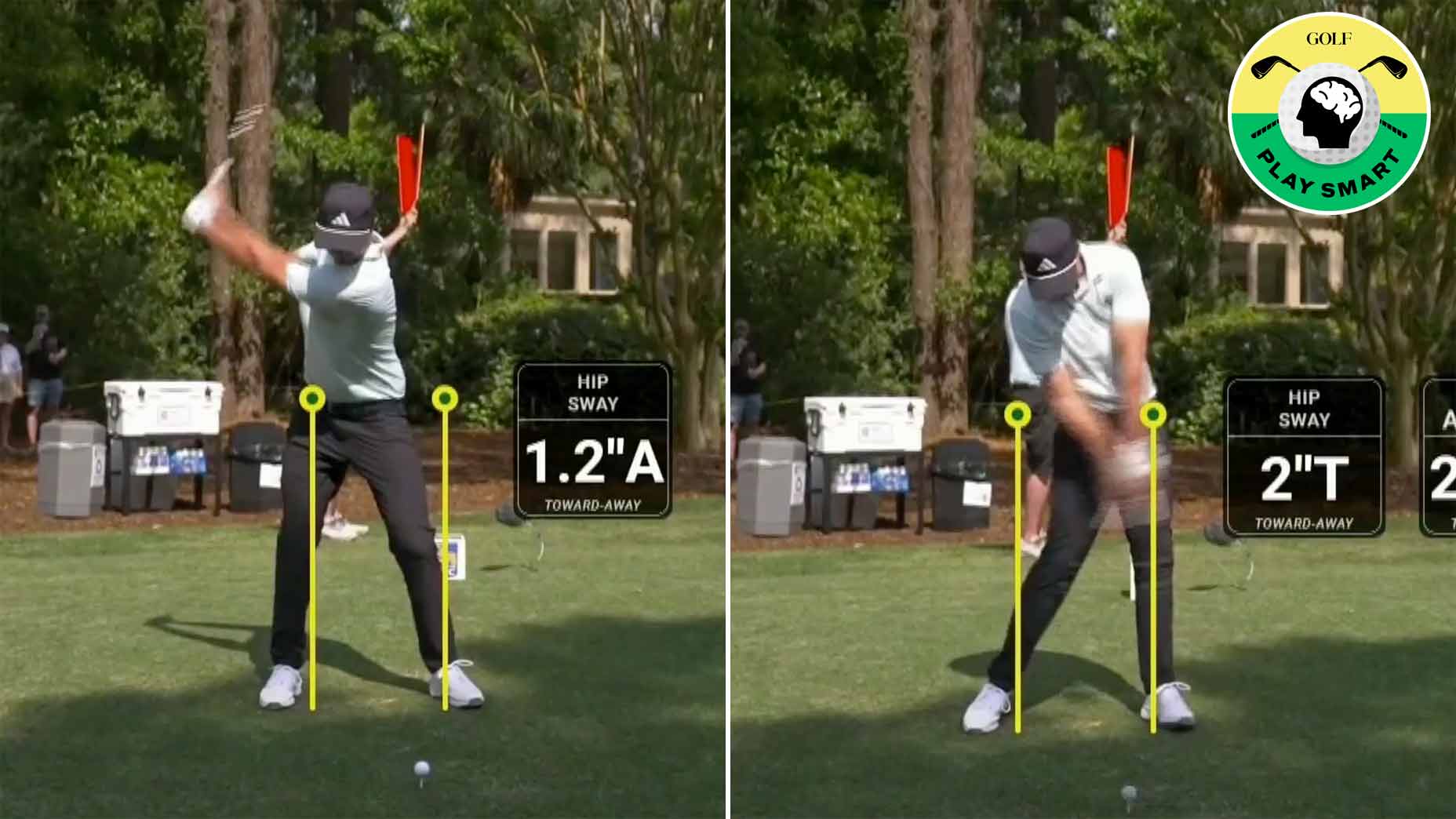 How much should you sway during the swing? Advanced tech shows us
How much should you sway during the swing? Advanced tech shows us
Mark Broadie: My new ‘scoring volatility’ ranking reveals that there are two different kinds of golfers
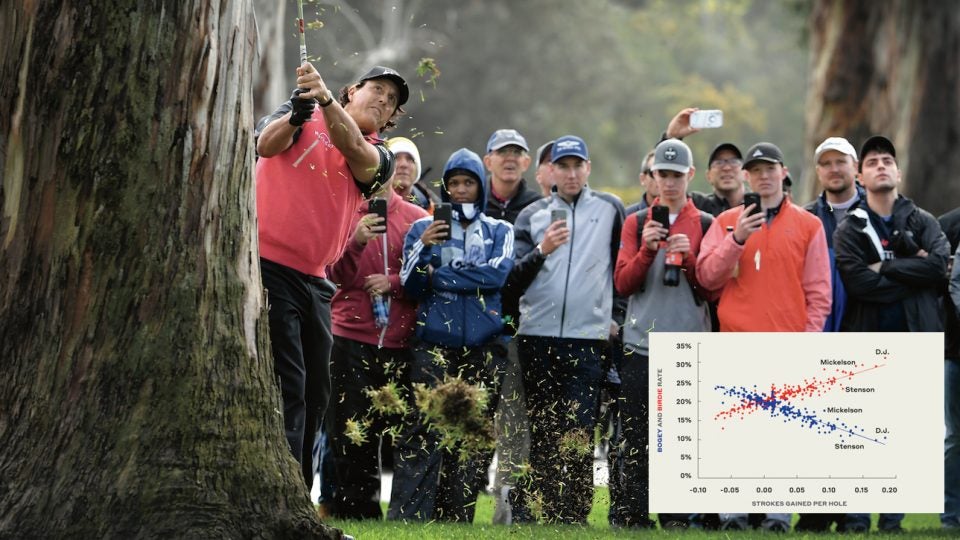
Brooks Koepka and Steve Stricker both shot 278 (-6) and finished an unremarkable T42 at the 2017 Waste Management Phoenix Open. The Jekyll-and-Hyde difference in how they did it was remarkable.
Koepka had serious scoring volatility: He mixed one eagle and 20 birdies with 12 bogeys and two doubles. Steady Stricker had 11 birdies and five bogeys, with no eagles or doubles. I look at these stats and wonder: Is this tournament a true representation of their scoring styles? More important, how can we properly identify a player as volatile or steady-as-she-goes?
To tackle these questions, it’s natural to look at bogey (or worse) and birdie (or better) rates. These are pretty straightforward stats. They’re also flawed, because they reward not just those who make fewer bogeys and more birdies, but those who do so on easier courses. Not all layouts are equal.
For example, Tommy Fleetwood’s 2018 bogey avoidance rank fell to 61st following the Honda Classic. After I re-ran the numbers while taking course difficulty into account, he came in seventh. Fleetwood’s unadjusted bogey-avoidance rank is misleading—his schedule is built around higher-profile events and majors, where carding par or better is more difficult than it is at your garden-variety Tour stop.
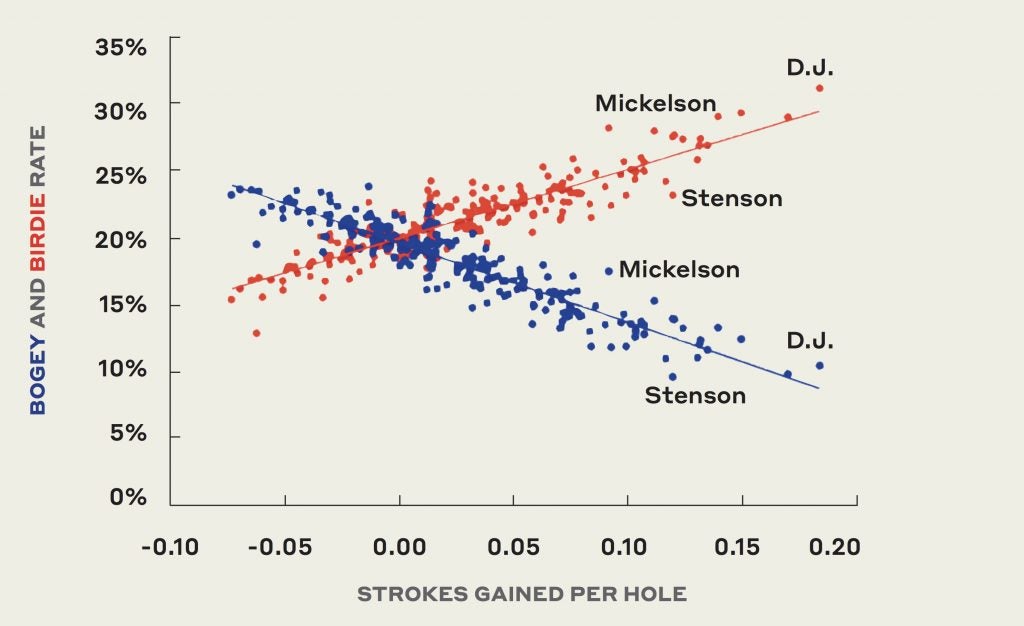
Looking at the bigger picture (well, back to 1999 at least), the best at avoiding bogey or worse, adjusted for course difficulty, was Tiger Woods in 2000. That season, Woods made bogey or worse on a mere eight percent of the holes he played. (The PGA Tour average was 19 percent that season.) Tiger also comes out on top on the birdie side of the ledger—again during the 2000 season—where he won nine events, including three majors.
That year, Woods scored birdie or better at an astounding 32 percent clip, 12 percentage points higher than the Tour average. Adjusted bogey and birdie rates reveal sort of a “no-duh” moment: Better players birdie more holes and bogey fewer holes. We need to further crunch the data to include what a player cards based on his skill level (“excess” birdie and bogey rates).With these final adjustments, the current season leader in scoring volatility is—drum roll, please—Cameron Champ.
ADVERTISEMENT
Phil Mickelson held the title last year. In fact, Lefty has finished in the top 10 in volatility in 15 of the past 20 seasons! The “Phil the Thrill” moniker certainly is well-deserved, and his historical rankings help to validate our new score-volatility and steadiness measures. And speaking of steady, Billy Horschel is the current leader in the clubhouse in non-volatile scoring, with Ryan Moore taking the honors in 2018. Back to Brooks and Stricker.
The 2017 Waste Management results weren’t a fluke. Koepka was second overall that season in volatile scoring, while Steve Stricker paced steady scoring. The notion that different players attack the course in different ways is not only very real; it can be supported by data. And volatile players should continue to take risks until the bogeys outpace the birdies.
To receive GOLF’s all-new newsletters, subscribe for free here.
ADVERTISEMENT


